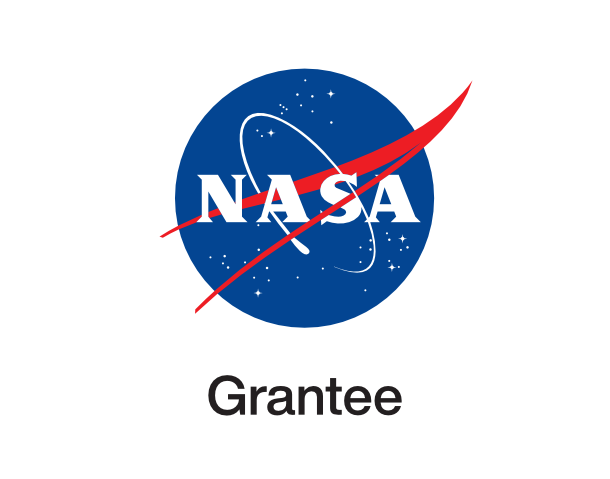The heart of the Lion

esahubble_potw1901a January 7th, 2019
Credit: ESA/Hubble & NASA, C. Sarazin et al.
It might appear featureless and unexciting at first glance, but NASA/ESA Hubble Space Telescope observations of this elliptical galaxy — known as Messier 105 — show that the stars near the galaxy’s centre are moving very rapidly. Astronomers have concluded that these stars are zooming around a supermassive black hole with an estimated mass of 200 million Suns! This black hole releases huge amounts of energy as it consumes matter falling into it and causing the centre to shine far brighter than its surroundings. This system is known as an active galactic nucleus. Hubble also surprised astronomers by revealing a few young stars and clusters in Messer 105, which was thought to be a “dead” galaxy incapable of star formation. Messier 105 is now thought to form roughly one Sun-like star every 10 000 years. Star-forming activity has also been spotted in a vast ring of hydrogen gas encircling both Messier 105 and its closest neighbour, the lenticular galaxy NGC 3384. Messier 105 was discovered in 1781, lies about 30 million light-years away in the constellation of Leo (The Lion), and is the brightest elliptical galaxy within the Leo I galaxy group.
Provider: Hubble Space Telescope | ESA
Image Source: https://www.spacetelescope.org/images/potw1901a/
Curator: ESA/Hubble, Garching bei München, None, Germany
Image Use Policy: Creative Commons Attribution 4.0 International License

- ID
- potw1901a
- Subject Category
- D.5.1.4
- Subject Name
- M 105, Messier 105
- Credits
- ESA/Hubble & NASA, C. Sarazin et al.
- Release Date
- 2019-01-07T06:00:00
- Lightyears
- Redshift
- Reference Url
- https://www.spacetelescope.org/images/potw1901a/
- Type
- Observation
- Image Quality
- Distance Notes
- Facility
- Hubble Space Telescope, Hubble Space Telescope, Hubble Space Telescope, Hubble Space Telescope
- Instrument
- ACS, ACS, ACS, ACS
- Color Assignment
- Red, Green, Green, Blue
- Band
- Optical, Optical, Optical, Optical
- Bandpass
- Z, z, g, g
- Central Wavelength
- 850, 850, 475, 475
- Start Time
- Integration Time
- Dataset ID
- None, None, None, None
- Notes
- Coordinate Frame
- ICRS
- Equinox
- J2000
- Reference Value
- 161.956799526, 12.5821566165
- Reference Dimension
- 7572.0, 7676.0
- Reference Pixel
- 3786.0, 3838.0
- Scale
- -1.38803046329e-05, 1.38803046329e-05
- Rotation
- -127.84000000000003
- Coordinate System Projection:
- TAN
- Quality
- Full
- FITS Header
- Notes
- Creator (Curator)
- ESA/Hubble
- URL
- http://www.spacetelescope.org
- Name
- Telephone
- Address
- Karl-Schwarzschild-Strasse 2
- City
- Garching bei München
- State/Province
- None
- Postal Code
- D-85748
- Country
- Germany
- Rights
- Creative Commons Attribution 4.0 International License
- Publisher
- ESA/Hubble
- Publisher ID
- esahubble
- Resource ID
- potw1901a
- Resource URL
- http://www.spacetelescope.org/static/archives/images/original/potw1901a.tif
- Related Resources
- Metadata Date
- 2018-06-18T08:44:27+02:00
- Metadata Version
- 1.1
Detailed color mapping information coming soon...













